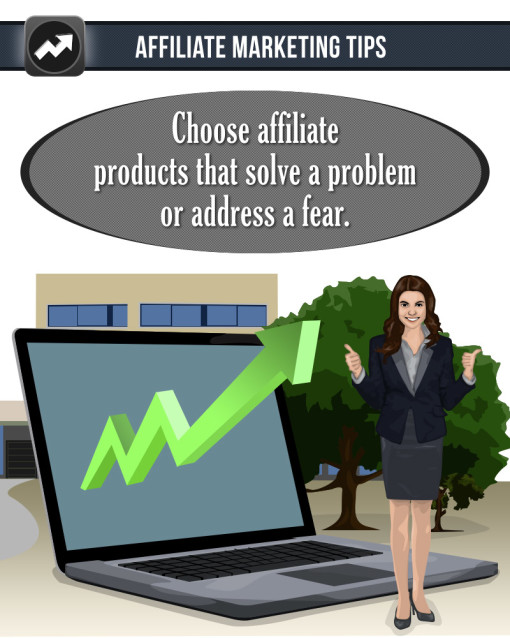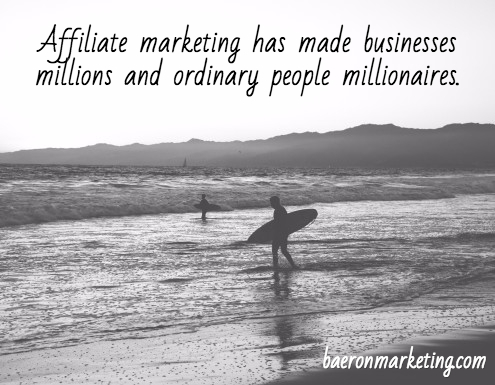
Do you hate staring at blank page?
That’s the position most of us find ourselves in when trying to create that next great blog post or white that email to our customers.
“What do I want to say,” we ask ourselves?
“And why would anyone read this in the first place?”
The answer lies in organization and structure. And creating great habits.
My habit is to create at least one piece of content each weekday morning before I do anything else (and then be sure to promote it on social media and, maybe, in an email too).
That one habit has resulted in lots more eyeballs seeing my blog posts, videos, infographics and more. And it brings more traffic to my website and people to my email list.
But the habit, alone, doesn’t create the content. That’s why I use some tools to help structure what I produce.
My Content Template Approach
If you have any experinece reading how-to blog posts on the web, you’ll probably notice that many of them follow similar structures. They may ask a question or describe a problem, and then go about outlining the solution.
They are built on templates, or writing formulas that have proven to effectively communicate ideas.
Ove the years, I’ve invested in several templates for my writing, but remained challenged to really be able to put them to use, mostly because they did such a poor job of helping me understand how my business and my audience worked within their framework. But then I found Jeff Herring, and since late 2014, I’ve been using his Profitable Content Creation Templates to efficiently generate ideas and share them with my audience
Incorporating A Call To Action
It’s all well and good to create a great blog post, but if you don’t tell your readers what step they should take next, after learning what you’ve shared, much of your effort will have been wasted.
That’s why you need to include a call to action. Use action words to compel your readers to do what you want them to.
“Call us today for a free consultation,” for instance is a good call to action with actionable language. You are giving clear direction to the reader using the verb “call”.
And what’s even better, is including some benefit or result in that call to action. For instance, after inviting them to call for a consultation, you would include “and let us put an end to your rodent problem once and for all” (or whatever might be appropriate for your business).
There are dozens of ways to present clear and non-salesy calls to action. Play around with your language, and track which ones are working for you.
Getting People To Read Your Content
Your content isn’t really worth anything if nobody is reading or viewing it. So how do you get people to take notice?
It starts with a great headline.
That’s how magazines and newspapers are sold, and great headlines are what’s behind successful direct marketing too.
But short of hiring a high-paid copywriter, how can you know what headlines will work best?
(Spoiler alert: a solution is about to be offered)
Frankly, I spent years never paying attention to the headline, and my click-thru rates suffered because of it. Then I started trying to copy headline styles I liked, and things picked up.
And because I saw how effective a proven headline structure can be, I jumped at the opportunity to invest (a tiny amount) in an amazing Chrome extension called Headlinr, which helps me churn out headline after headline based on well over 300 proven templates.
I use it for everything from blog posts to email subject lines to video titles, and it even helps me come up with ideas about what to say on a certain subject when I lack the motivation to think for myself.
Wrapping Things Up
So there you have it. My three rapid content creation secrets that help me deliver fun, engaging, and actionable content on a regular basis.
Would you like even more great content creation tips? Then you’ll want to download a FREE copy of the 10 Commandments of Content Creation from my good friends and partners over at Likeable Local. The guide will walk you through 10 smart strategies for getting more social engagement and build a stringer following with your online and social content.
 Do you make referrals in your business? Have you ever suggested to a customer or client that they purchase or invest in something that you don’t offer as part of your own services or products?
Do you make referrals in your business? Have you ever suggested to a customer or client that they purchase or invest in something that you don’t offer as part of your own services or products?
